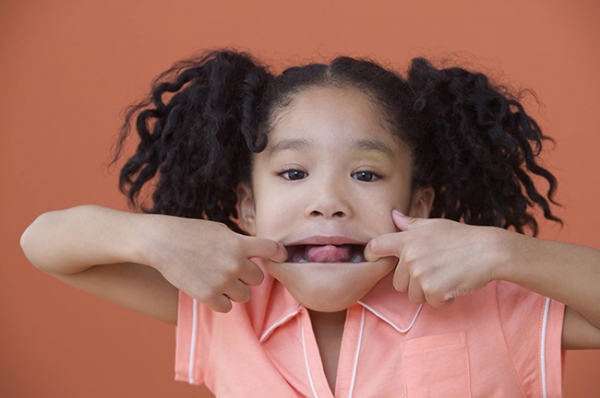Photo Credit: Sensory Processing 101
In their new book, Sensory Processing 101, the authors describe the 8 sensory systems. These are:
These sensory systems work to take in information from the child’s surroundings and send it to the nervous system, which processes it and generates a response or reaction. Sensory processing, then, is the way the body receives, analyzes, and responds to the information received from the environment. The authors say that, “Thoughtful, guided exposure to playful sensory experiences is the best way to promote healthy development of the sensory systems.”
From Sensory Processing 101, I’ve chosen 10 of my favorite sensory activities that will help your child develop these systems well. There are many more to choose from in the book so be sure to check it out!

Activity 1: (Oral Sensory System Activity) Mouthercises:
Demonstrate each of these sounds and movements and ask your child or children to imitate.
Activity 2: (Auditory System Activity) Blindfold Navigation
Set up a simple, safe course to navigate. Take turns being the leader and the follower. The follower gets blindfolded and the leader gives verbal directions to move around the course, such as “take 3 steps forward and turn right.” You may want to start practicing without the blindfold first, and make sure this activity is always supervised by an adult.
Continued on next page...
Related Article: Why Sesame Street is the Best Show Ever